I will be researching about 2 summer projects, the first is Sea of Slumber and the second one is Illustrate a Novel. both are to have up to 10 pages of research that include 10 solutions to each one.
Sea Of Slumber
6 Types of Insomnia
1.General insomnia is a classification of sleep disorders in which a person has trouble falling asleep, staying asleep, or waking up too early. These disorders may also be defined by an overall poor quality of sleep.
2. Adjustment Insomnia,This disorder, also called acute insomnia or short-term insomnia, disturbs your sleep and usually stems from stress. The sleep problem ends when the source of stress is gone or when you adapt to the stress. The stress does not always come from a negative experience. Something positive can make you too excited to sleep well.
3. Behavioral Insomnia for Children. This condition occurs when children don't go to bed on time unless a parent or guardian enforces a bedtime. If the children are made to go to bed at a specified time, then they tend to fall asleep at a normal hour. If they are not given strict bedtimes, then they may linger awake for hours at night.
4.Idiopathic insomnia is a lifelong sleep disorder that starts during infancy or childhood and continues into adulthood. This insomnia cannot be explained by other causes. It is not a result of any of the following:
- Other sleep disorders
- Medical problems
- Psychiatric disorders
- Stressful events
- Medication use
- Other behaviors
It may result from an imbalance in your body, such as an overactive awakening system and/or an under active sleep system, but the true cause of this disorder is still unclear.
5.This type of insomnia is directly related to the use of any of the following substances:
- Medication
- Caffeine
- Alcohol
- A food item
Your sleep is disrupted by your use of the substance. This type of sleep problem may also occur when you stop using a substance.
6.This insomnia is caused by a mental health disorder. The insomnia is a symptom of the disorder. The course and severity of insomnia are directly linked to that of the mental health disorder, but the insomnia is a separate focus of treatment. This insomnia is a disorder only if it is severe enough to require separate treatment.
Idea 1 Description - My idea for the 6 types insomnia is to make a info graphic for the audience to see, this will make it so that they know all types of insomnia as well as the effects and conditions of it that people can have. the style that i want to make it in would be similar to this video : https://www.youtube.com/watch?v=2XkV6IpV2Y0
The style of the video is simple and gets the point of the information across, why i like it is that it is using mainly flat colors and very simple shapes to represent things, the motion of it is smooth and crisp.
Sleepwalking
Sleepwalking is an intriguing phenomenon. The fact that you're sleeping while performing physical feats is pretty amazing. How can a person be unconscious but still coordinate his or her limbs in order to walk, talk and, sometimes, even drive? How do we know when we're really awake?
Sleepwalking is also known as somnambulism, so add that to your SAT vocab. It's classified as a parasomnia, an abnormal behavior during sleep that's disruptive. Common parasomnias include bed-wetting and teeth grinding. Drs. Hobson and Silvestri describe parasomnias as "errors in timing and balance" in the brain as it transitions between waking and sleeping.
The DSM-IV, a handbook for mental health professionals, defines sleepwalking by these criteria:
- You leave your bed while sleeping, usually in the first third of your sleep pattern.
- Others find it difficult to wake you during an episode of sleepwalking.
- You can't remember what happened while you were sleepwalking.
- When you do wake up from an episode, you're confused.
- You aren't suffering from dementia or another physical disorder.
- It impairs your work or social life.
Sleepwalking occurs during your deepest stages of sleep, stages 3 and 4, when brainwaves are very slow. During the day, your brain is a beehive of activity -- during NREM sleep it is barely humming. Your body, however, is still active, and hasn't completely quieted down for the day. So what we have here is a body that can still move, paired with a sleepy brain.
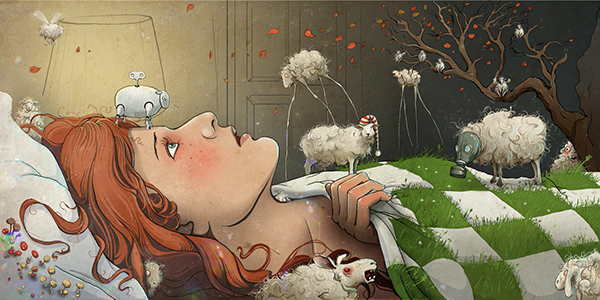
Idea 2 Description - Sleepwalking is a serious issue for some people they can end up going into there car and driving off anywhere, they can be a danger to themselves and other people. so as for the dangers of sleepwalking i was thinking of making a flyer or poster showing the dangers of the condition.
Sleepwalking can be something deeper then just stress and can be a mental illness or a brain tumor even. the art style would be similar to the image above this text, it would be a detailed photo to make the audience keep finding a new element of it whenever they look at it.
How do Dreams work?
Our dreams combine verbal, visual and emotional stimuli into a sometimes broken, nonsensical but often entertaining story line. We can sometimes even solve problems in our sleep. Or can we? Many experts disagree on exactly what the purpose of our dreams might be. Are they strictly random brain impulses, or are our brains actually working through issues from our daily life while we sleep -- as a sort of coping mechanism? Should we even bother to interpret our dreams? Many say yes, that we have a great deal to learn from our dreams.
It is said that five minutes after the end of a dream, we have forgotten 50 percent of the dream's content. Ten minutes later, we've forgotten 90 percent of its content. Why is that? We don't forget our daily actions that quickly. The fact that they are so hard to remember makes their importance seem less.
Idea 3 Description - Since its mainly about dreams i thought a image manipulation would be cool, gathering various images to make a scene up that is so random and distorted that it would seem like a dream and just by looking at it the viewer would think the word "Dream".
The style of it would be my own really but i would use images such as the below for inspiration.

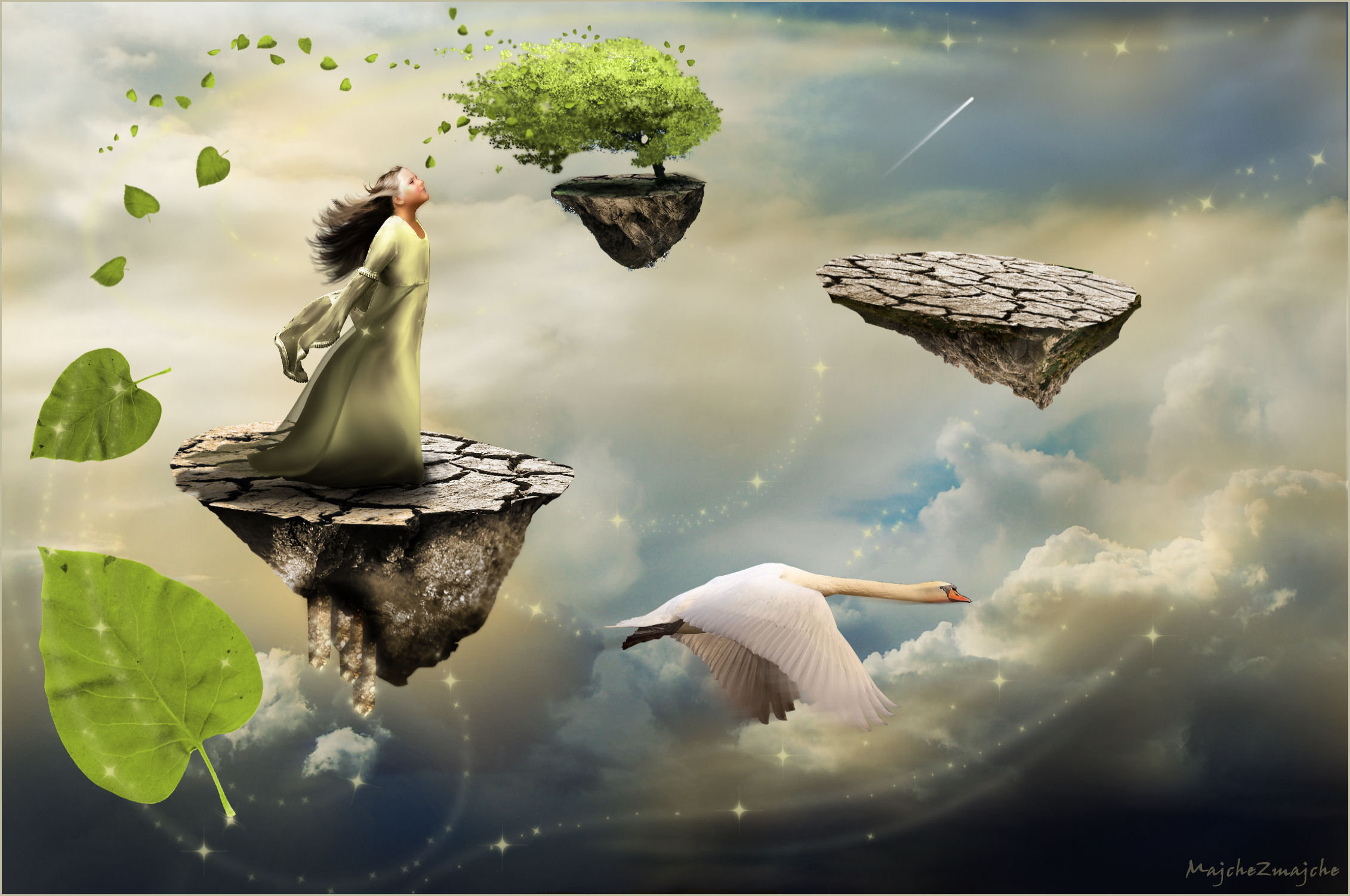

Lucid Dreaming
There is a lot of research being done in dream control, particularly in the areas of lucid dreaming and dream incubation. Lucid dreaming is a learned skill and occurs when you are dreaming, you realize you are dreaming and you are able to then control what happens in your dream -- all while you're still asleep.
Being able to control your dreams would be a very cool thing to be able to do, but it is a difficult skill that usually takes special training. It is estimated that fewer than 100,000 people in the United States have the ability to have lucid dreams.
Although lucid dreaming is mentioned throughout history, it was not until 1959 at Johann Wolfgang Goethe University that an effective technique for inducing lucid dreams was developed, and true research into the phenomenon began taking place. In 1989, Paul Tholey, a German dream researcher who had been involved in the research at that university, wrote a paper about a technique he was studying to induce lucid dreams. It was called the reflection technique, and it involved asking yourself throughout the day if you were awake or dreaming. More research has indicated the need to practice recognizing odd occurrences, ordream signs, that would be a sign that "this is a dream" rather than reality.
Finally, lucid dreaming can function as a "world simulator." Just as a flight simulator allows people to learn to fly in a safe environment, lucid dreaming could allow people to learn to live in any imaginable world; to experience and better choose among various possible futures.
Idea 4 Description - I would make a manual or a step by step guide to achieve a lucid dream, this is because why not try to learn to dream this way? it would make going to sleep a lot more interesting and fun. the manual would be simple and easy and would just be the basics for the young audience to understand, it would tell them about lucid dreams and what they are, and how to achieve them or train the mind for it.

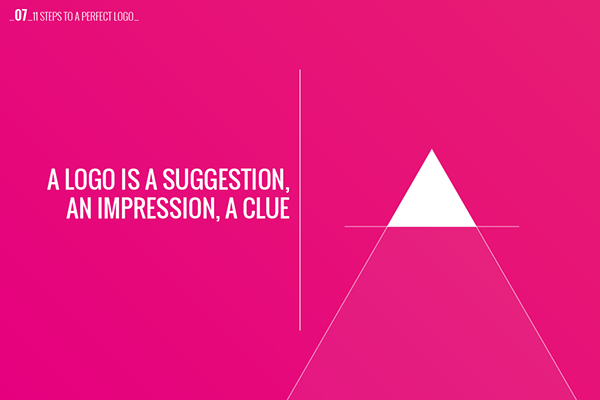
 https://www.behance.net/gallery/12463667/11-STEPS-TO-A-PERFECT-LOGO
This is very simple to work with, it would have little words and illustrative symbols and design to help visually.
https://www.behance.net/gallery/12463667/11-STEPS-TO-A-PERFECT-LOGO
This is very simple to work with, it would have little words and illustrative symbols and design to help visually.
When is it the best time to lucid dream?
Your longest and most memorable lucid dreams will usually occur in the fourth and fifth sleep cycles (after about six hours of sleep) during phases of REM sleep. Critically, during these later sleep cycles, periods of REM sleep become longer.
The graph shows REM sleep occurring at the end of each sleep cycle. This is your most memorable dream time, occuring at the end of each sleep cycle.
If you don't wake up to an alarm, you'll find you often wake directly from a dream, which makes it much easier to remember. When this happens - don't move. Just allow yourself to gently re-enter the dream, while thinking "I'm dreaming".
This graph also shows how it's essential for lucid dreamers to get sufficient shuteye and not miss out on REM sleep by cutting sleep short. Indeed, the more chances you have to sleep in, the better. Sleeping-in allows extended REM time in the morning, more vivid dreams, and more chances to become lucid.
Idea 5 Description - A graph just like the one above but more fun and funky to look at, this would be for children to follow and would be much simpler in terms of information and detail. The graph would show the best time for the lucid dream and when you can achieve it. the art style that it would follow would be similar to this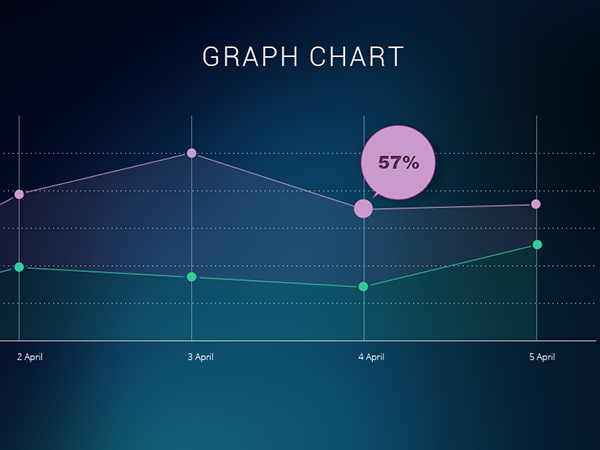
Stages of Sleep
- NREM Stage 1 is a light sleep and you are easily woken. You begin to lose muscle tone, causing twitches and hypnic jerks (suddenly jumping awake from a doze). You have hypnagogic hallucinations, swirling light and color patterns which hypnotize your mind into a restful sleep. Stage 1 also marks the loss of self-awareness and most sensory attachment to the physical world. Your brainwave frequencies descend from Alpha through Theta state (4-7 Hz).
- NREM Stage 2 is marked by a loss of nearly all muscle tone so your physical body can't act out your forthcoming dreams. Although your brainwaves have slowed further, they do show brief bursts of higher brainwave activity called sleep spindles and K-complexes. You spend around half of all your sleep in Stage 2; a light dreamless sleep.
- NREM Stage 3 (*and 4, as these stages have now been merged together) is also called slow-wave sleep (SWS), consisting of unconscious delta activity. The sleeper is less responsive to the environment and most stimuli cause no reaction. If you are woken you will feel especially dopey and confused for a couple of minutes. Another dreamless stage of sleep, it is (perhaps surprisingly) the most likely time for sleepwalking to occur.
- REM marks the onset of dreaming. This stage is also known as paradoxical sleep because the sleeper, though showing more active brainwaves than before, is harder to awaken. If you are awoken from REM sleep you are more likely to jump right back in during a later nap. Though its functions are not fully understood, we do know that REM deprivation impairs our ability to learn complex tasks and form long term memories.
Idea 6 Description - This would be if it were a design to show the stages of sleep in a educational way would be a info-graphic video like this one i liked to earlier
The stages would be shown in the video and it would have a smooth and fluid motion much like this one, the video would have a simple color pallet and would get the information across easily because of the simple choice of words and language for the audience to understand.
How much sleep does the average person need?
When you're deciding how many hours to sleep each night, also consider how many sleep cycles that will give you. It's a rough science without brainwave monitoring equipment but you can see how a 7-hour sleep might wake you up in the middle of your fifth sleep cycle, if each lasts only 90 minutes. This would cut your sleep short and prevent your fifth final REM phase. It's much healthier to wake up after the cycle is complete which is what happens without an alarm.
- Newborns - Up to 18 hours or 12 sleep cycles
- Babies 1-12 months - 14-18 hours or 9-12 sleep cycles
- Children 1-3 years - 12-15 hours or 8-10 sleep cycles
- Children 3-5 years - 11-13 hours or 7-8 sleep cycles
- Children 5-12 years - 9-11 hours or 6-7 sleep cycles
- Adolescents - 9-10 hours or 6 sleep cycles
- Adults - 7-8 hours or 4-5 sleep cycles
Idea 7 Description - To present this i was thinking of doing a did you know kind of series of posters, and one of the posters would be how much sleep does the average person need with the average sleep needed for the ages as i shown above. This would be in a poster format to grab attention of people passing by.
The art style i thought of doing is one again the simple one that shows what is needed and has a simple choice of color.
Facts about Dreams
If you dream about winning the lottery or having an accident, should you prepare? If you answered "yes," you’re not alone, according to a study published in the February 2009 issue of the Journal of Personality and Social Psychology. The researchers ran six experiments, finding that not only do we put stock in our dreams, we also judge dreams that fit with our own beliefs as more meaningful than ones that go against the grain.
"Psychologists' interpretations of the meaning of dreams vary widely," study researcher Carey Morewedge, an assistant professor at Carnegie Mellon University, said in a statement. "But our research shows that people believe their dreams provide meaningful insight into themselves and their world."
As if nightmares weren't bad enough, a rare sleep disorder causes people to act out their dreams, sometimes with violent thrashes, kicks and screams. Such violent dreams may be an early sign of brain disorders down the line, including Parkinson's disease and dementia, according to research published online July 28, 2010, in the journal Neurology. The results suggest the incipient stages of these neuro-degenerative disorders might begin decades before a person, or doctor, knows it.
Scientists have long wondered why we dream, with answers ranging from Sigmund Freud's idea that dreams fulfill our wishes to the speculation that these wistful journeys are just a side rapid-eye-movement, or REM, sleep. Turns out, at least part of the reason may be critical thinking, according to Harvard psychologist Deirdre Barrett who presented her theory in 2010 at the Association for Psychological Science meeting in Boston. She has found that our slumbering hours may help us solve puzzles that have plagued us during daylight hours.
While video games are controlled by computers and gaming consoles, dreams arise from the human mind.
"If you're spending hours a day in a virtual reality, if nothing else it's practice," Gackenbach told LiveScience in 2010. "Gamer's are used to controlling their game environments, so that can translate into dreams." Her past research has shown that people who frequently play video games are more likely than non-gamer to have a lucid dreams where they view themselves from outside their bodies; they also were better able to influence their dream worlds, as if controlling a video-game character.
Idea 8 & 9 Description - A book that is full of facts and information about dreams, it can be a combination of what your dreams mean and some facts about them too, this would be for children and would be a small book but it would be educational and fun to read. The age rating for the children reading would be 10 - 15 year olds.
This would also be the answer and idea for the nightmare one i have below, this will show what types of nightmares there are and what they could mean.
The art style i was thinking of going for would be one that has a big picture or illustration that has a relevance to the text.
10 Common Nightmares
Feeling Lost or Trapped - Unlike most of the nightmares on this
list, this dream is very direct and simple to analyze. Feeling trapped or lost in a dream indicates a concern of being lost or trapped into a certain situation or position in your waking life. Are others pressuring you into doing something? Do you feel as though you've been lost in the shuffle of things, or you've run out of options?
Realize this dream is a direct warning to your internal concerns, and it should be a cue to consciously address these feelings before it's too late. Otherwise, you may start having this next type of nightmare.
Falling or Drowning - Do you feel like you're in over your head? Maybe you're caving under the pressure of a certain task or duty. These anxious feelings will most likely result in a dream of you falling or drowning. Dreams revolving around a continuous fall or drowning demonstrate an internalized anxiety about a situation or task at hand. The emotions they evoke can range from loss of control to exhilaration. Your specific reaction in this nightmare will likely mirror your reaction to certain circumstances in reality.
This is also a perfect opportunity to engage in lucid dreaming. If you know you have this dream often, you can resolve these falling and drowning anxieties by realizing it's all a dream, and then willing yourself to control it. Instead of falling or drowning, tell yourself to fly or swim. After all, it is your dream, and within it you can do whatever you please.
Machine or Phone Malfunction - Did you call someone in your dream, only to have it ring endlessly without anyone to answer? Did your computer's hard drive crash while you were in the middle of writing a paper? While these are not particularly terrifying nightmares, to some, a crashed hard drive can be just as devastating as crashed car.
Malfunctions with technology, especially communicative technologies, may mean you are failing to reach out to someone on an emotional level. Have you lost touch with a good friend? Is there a disconnect or barrier forming between yourself and a loved one? If this is a common nightmare of yours, take the time to evaluate your relationships and identify key areas that need to be mended.
Being Naked or Inappropriately Dressed - Dreams of appearing naked in public are invariably one of the most common nightmares shared by people of all ages. These dreams tend to act as reliable measurements of your self-esteem. Within them your clothes function as a method of concealment, enabling you to hide things about yourself that you don't want others to see.
If you are comfortable being nude within your dream, you are secure about exposing your feelings and have nothing to hide. Embarrassment about nudity implies vulnerability, guilt or shame, while being oblivious to your nudity can mean a lack of self-awareness.
Natural or Man made Disasters - Whether experienced in reality or in dreams, being caught in the midst of a natural disaster is an unquestionably horrific experience. Significantly disturbing dreams, like this one, will always contain substantial meanings, and nightmares of disaster speak volumes about your current state of mind.
Usually, a catastrophe dream alludes to feelings of disaster looming in your waking life. You might feel as though you cannot survive whatever turmoil or dilemma you're currently challenged with, and instead are lost in the cataclysmic wreckage left in the wake your dream-disaster. If you tend to have a disaster dream, examine what exactly you are feeling overwhelmed or defeated about, and rationally address the issue.
Poor Test Performance - Even if you've been long removed from the day-to-day realities of class schedules, college ruled notebooks and the quadratic formula, you still might have midnight haunting's of pop-quizzes and impossible exams. Subconscious test anxiety is actually quite common among dreamers, and the grade you receive on your exam is fascinatingly revealing.
Failing an exam in your dreams reflects your waking life concerns about how deserving you are for the things you have achieved in life. If you were to go back and receive an evaluation of all your past deeds, would you be satisfied with the results?
House or Property Loss Damage - If you've had an intense dream about your house, don't panic. It's not because you've been watching too many Bob Vila marathons. You're actually having a very normal dream. When a house appears in your dreams, it usually symbolizes the self. The facade of the house represents your self-image, while the interior symbolizes your inner-self.
If your home, or a possession within your home, has been damaged in your dream, the nightmare may reflect inward feelings of being broken or mishandled. Along the same plane as the damage dream, dreams of lost or stolen possessions also reveal tumultuous inner feelings about the self.
Car Trouble - Having problems with your car is already a nightmarish experience, but in dreams vehicular mishaps signify much more than a looming oil change or balding tire. Vehicles often represent the physical body, yet they can carry emotional implications as well. Like dreams of a home, the appearance of the car represents your outward perceptions, and your inner feelings are represented by what's under the hood.
You might be driving a wonderfully looking car, only to realize the inside is a mess, or it doesn't function properly. This situation might parallel your internal feelings towards yourself.
Suffering an Injury, Illness or Death - Dreams of serious illness or death are very distressing, especially when we're reminded of that chilling old rumor that claims "if you die in your dreams, you will also die in your sleep." Don't worry, plenty of people have had these dreams and have lived to tell the tale. While dwelling on death can seem very morbid, in dreams, it can actually signify a change or new beginning. Death can represent the end of a certain stage in life -- you know, like the end of your flannel and overalls hobo-chic stage -- which isn't necessarily a bad thing.
But not all dreams about death have a silver lining. Sometimes they represent the ominous rain cloud they seem to be. Dreams of injury, illness and death can signify feelings of emotional hurt, or fear of being hurt. If a loved one is the one who is ill or dying, it may mean that the part of yourself you see in that person feels as if it were lost or dead.
Being Chased or Attacked - To be chased or attacked by something or someone is a ubiquitous nightmare shared by all dreamers. The scenery and assailant might change figure or form, but the act of being chased in a dream always signals to our body's fight-or-flight response. The chase dream is remarkably prevalent because the fight-or-flight response is a primal reaction embedded in every single human being, arising when faced with dangers or fears.
Sigmund Freud characterized these dreams as "the manifest dream content of persons suffering from anxiety." This anxiety reflected in a chase dream could stem from a various number of concerns, from menial worries about getting stuck in bumper-to-bumper traffic, to substantial fears of getting into a full-on collision. As these genuine fears are embodied in a phantasmal pursuit, the actions you take to escape this hounding danger parallel how you would react to the stresses, fears and pressures of reality.
Cryogenics
The idea of preserving a person's body at very low temperatures in the hope that it will be restored by future medical technology has been a staple of science fiction. But could cryonics be a genuine way of being brought back to life, years into the future?
When a person has been declared legally dead, the cryonic preservation company is informed and it dispatches a response team to attempt to keep the person's blood pumping around their body. The body is packed in ice and injected with various chemicals in an attempt to reduce blood clotting and damage to the brain.
Once the body reaches the cryonics facility it is cooled to just above water's freezing point and the blood is removed and replaced with organ preservation solution. The body's blood vessels are injected with a cryoprotectant solution to try to stop ice crystal formation in the organs and tissues and the corpse is cooled to -130C. The final step is to place the body into a container which is lowered into a tank of liquid nitrogen, kept at -196C.
Latest figures reveal that around 150 people have had their whole body stored in liquid nitrogen in the United States, while 80 have had just their heads or brains preserved. However, there are more than 1,000 living people who have instructed companies to preserve their bodies after their death.
Problems with the Procedure
If a person is cooled below -5C the water inside their cells freezes and creates ice crystals. As ice is less dense than liquid water, it takes up more space. So the crystals punch through the cell membranes causing severe damage.
Cryonic preservation facilities attempt to overcome this by employing a process known as vitrification. This replaces some of the body's water with cryoprotectant agents, in an attempt to reduce the amount of ice crystal formation.
"We have many different organs and we know from research into preserving transplant organs that even if it were possible to successfully cryopreserve them, each would need to be cooled at a different rate and with a different mixture and concentration of cryoprotectants.
"Even if you only wanted to preserve the brain, it has dozens of different areas, which would need to be cryopreserved using different protocols."
Could a Human Survive the Thaw?
If scientists did one day work out how to successfully cryopreserve a whole human body, there is still the matter of bringing the body back to life.
Dr Gao said: "Even if you manage to limit the damage from cryoprotectants, the question remains of how they would be safely removed."
There are other significant complications, such as the fact that cooling a body to -196C makes it incredibly brittle.
"The body could easily fracture like glass during warming due to thermal stress," Dr Gao said.
He added that the brain, which has as many as 10,000 connections for each of the 100 billion neurones, is particularly sensitive to heating and cooling.
There is also the issue that bodies are likely not to be at the pinnacle of health, but at the end of life after illness and ageing have had their effect.
Cryonic preservation advocates say nanotechnology, which is the manipulation of matter at a molecular level, could one day provide a solution.
However, Prof Storey is extremely doubtful of this claim, because of the scale of the problems in each cell.
"A human cell has around 50,000 proteins and hundreds of millions of fat molecules that make up the membranes. Cryopreservation disrupts all of them," he said.
A far more detailed understanding of how the brain works would also be critical in knowing what would need to be repaired.
Neuroscientist Dr Martin Ingvar from the Karolinska Institute in Stockholm said: "The subtle properties of the brain network are uneven. Some of these connections are crucial whereas others could be lost - but we do not know which ones."
"If that could be solved, there is no reason why (in theory) a cryonic procedure couldn't preserve memories. However, it would be like time travel with a lot of confusion for the subject."
Whats the Future hold?
However you look at it, cryonics is a matter of hope and belief in the future. Broad statements crop up on all cryonic organisation websites stating that while "there are no guarantees" cryopreservation can work "technology is always improving".
"People can always have hope that things will change in the future, but there is no scientific foundation supporting cryonics at this time," Dr Gao said.
Idea 10 Description - Make a Illustration for cryogenic sleep, this would be a visual design for the idea. This would show the processes of cryogenics and the threats of it in one illustration project.
Artwork and Artists which work i like

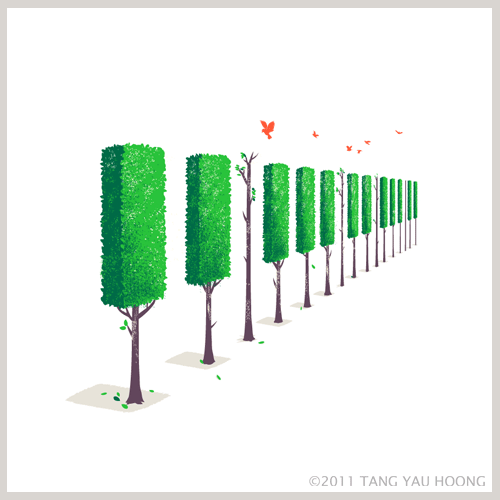
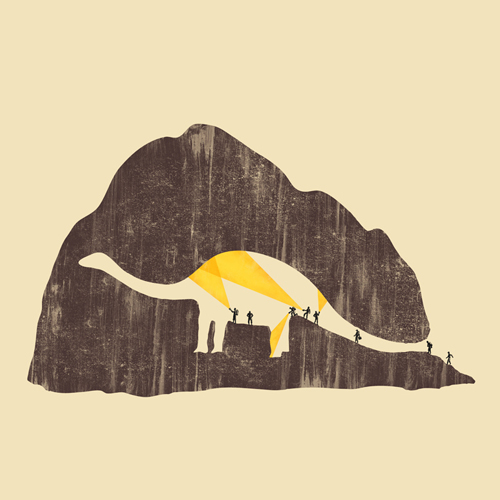

 The artists in these project, is using alot of negative space in a creative and cool way, i want to in-cooperate this somehow into some if not only one of the sea of slumber solutions.
Illustrate a Novel
The posters and images that i am showing below are to show what i like for each movie and novel and the design on them is the similar style i would do it in also.
The artists in these project, is using alot of negative space in a creative and cool way, i want to in-cooperate this somehow into some if not only one of the sea of slumber solutions.
Illustrate a Novel
The posters and images that i am showing below are to show what i like for each movie and novel and the design on them is the similar style i would do it in also.
The 10 novels/film classics i will be illustrating are :
Godzilla - The effects mainly used are of a grunge type and are color pallet is dark and not too bright. So i think if i were to make some illustrations or posters i would do the same to keep to the theme as it works well.



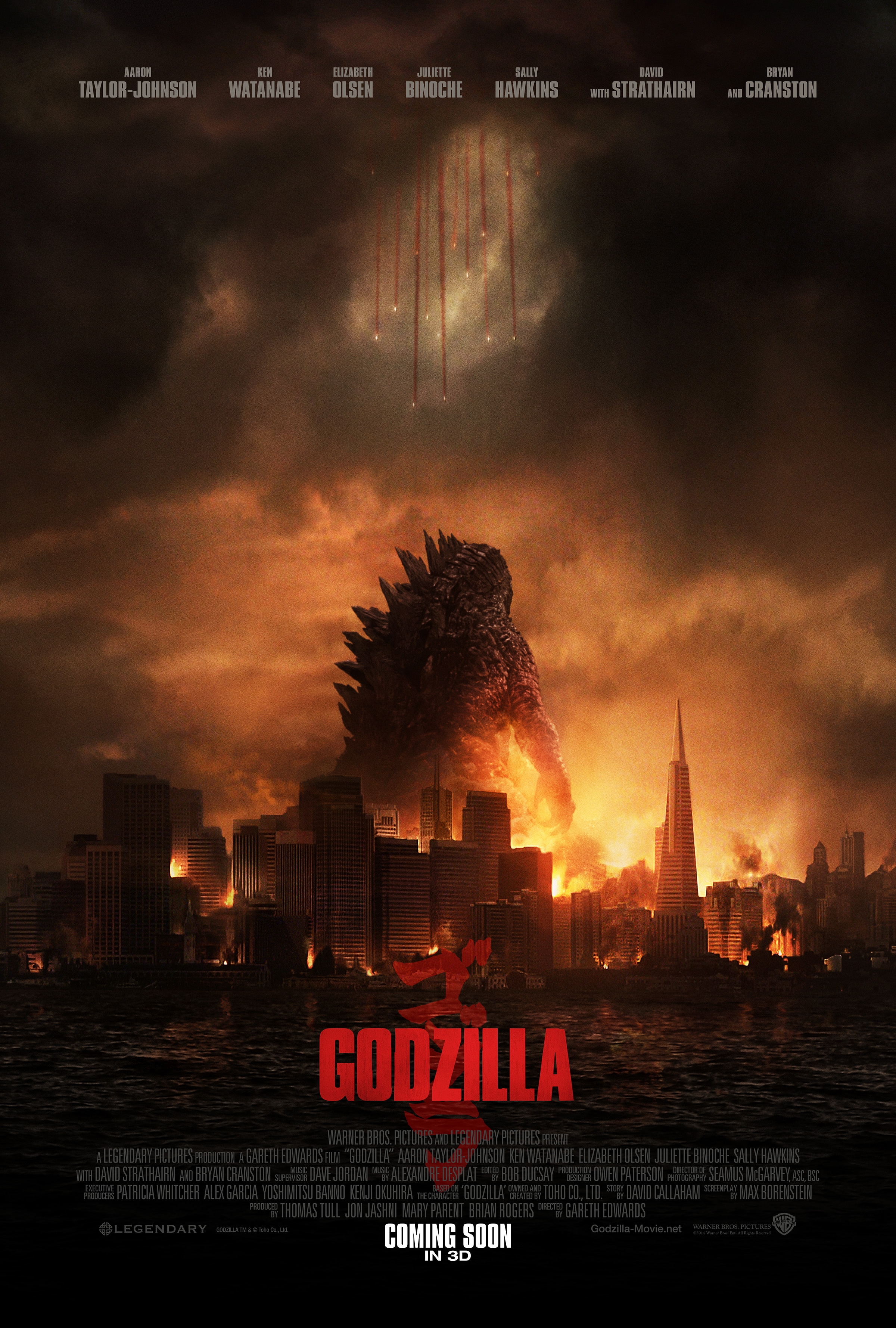
------------------------------------------------------------------------------------------------------
Journey to the center of the world - These are mainly image manipulations of different elements that would make up the novel, the text varies depending on the time of the making of the poster or design. It would have to be eye catching over the image in the background.

 ------------------------------------------------------------------------------------------------------
The Thing - A very dark color pallet and very simple design of the posters. The thing is a old classic film that came out first in the 1970's. The color pallet was brighter then but that was due to the style of artwork back then and now the dark colors match it better because for the horror genre.
------------------------------------------------------------------------------------------------------
The Thing - A very dark color pallet and very simple design of the posters. The thing is a old classic film that came out first in the 1970's. The color pallet was brighter then but that was due to the style of artwork back then and now the dark colors match it better because for the horror genre.

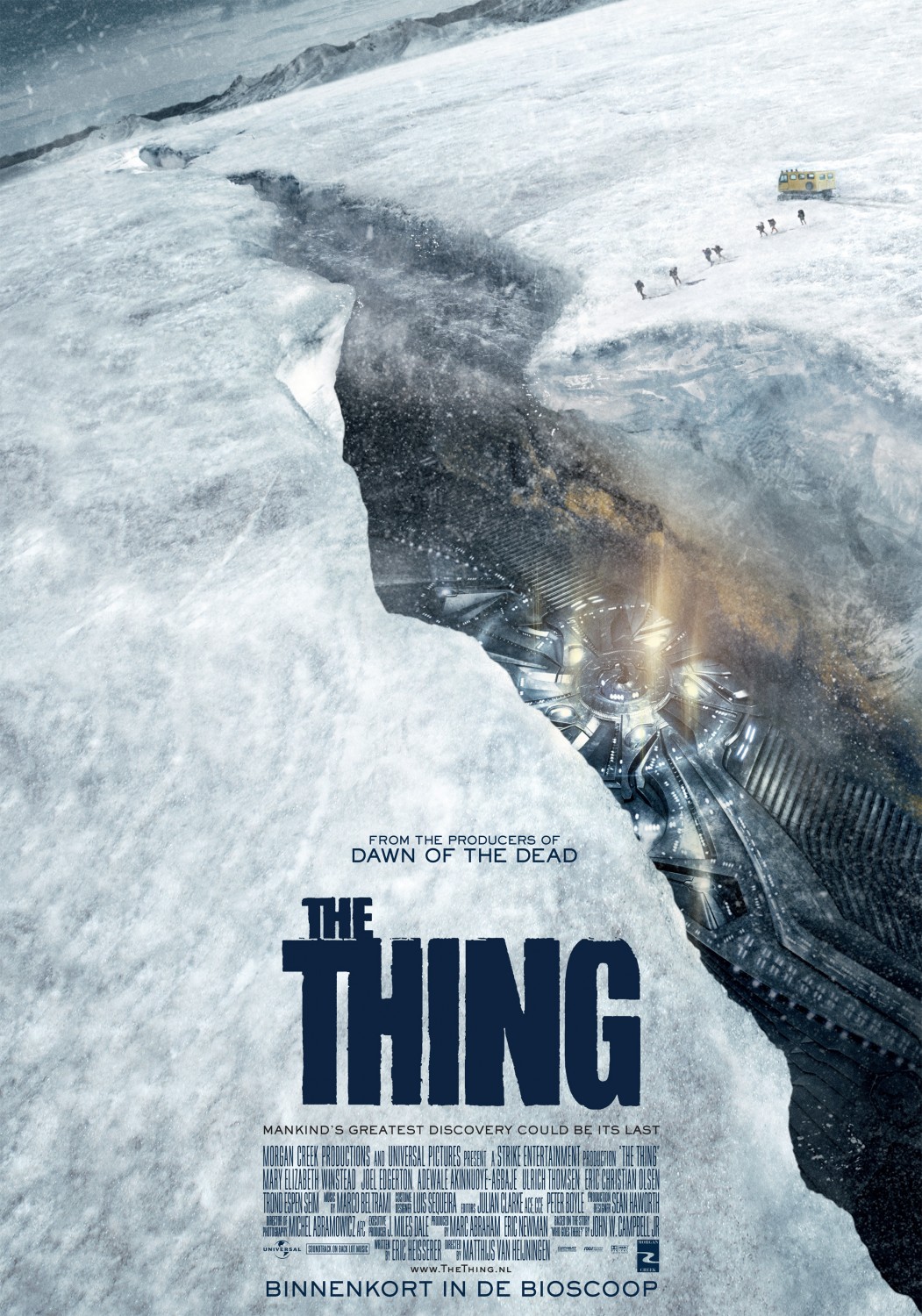
 ------------------------------------------------------------------------------------------------------
------------------------------------------------------------------------------------------------------
Around the world in 80 Days - A simple and bright poster and images created for the novel. it would have to be since the genre is adventure and is very eye catching. If i were to make it i would use the cartoon and simple designs as shown below.

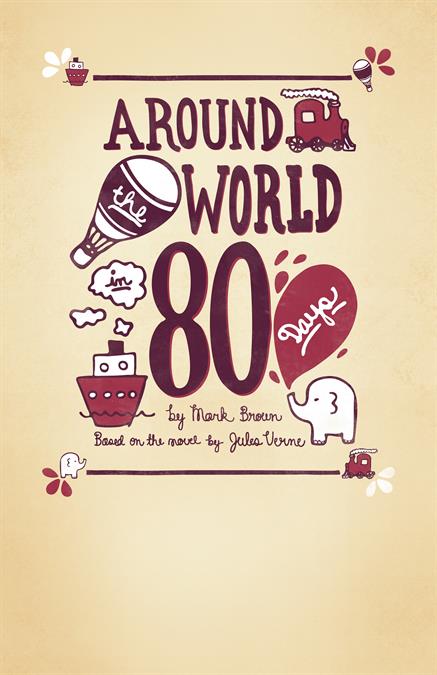

------------------------------------------------------------------------------------------------------
War of the Worlds - Dark color scheme and the use for either the text or images would be eye catching for the audience. I would use the old style of the posters and the new layout and designs of images to make it to have it have a vintage effect but with a new look.
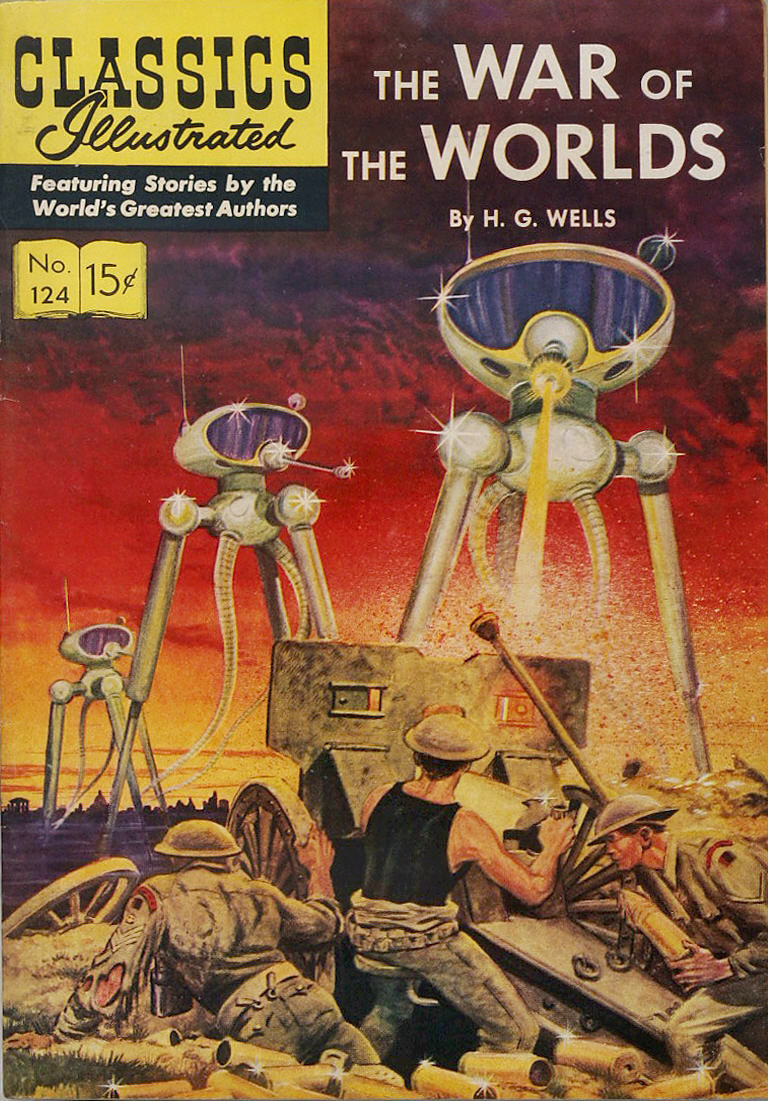



------------------------------------------------------------------------------------------------------
Time Machine - Very bright colors, these are very eye catching and the typography is very strong in these, the images aren't the main attraction.

+2.jpg)

------------------------------------------------------------------------------------------------------
Frankenstein - These designs i really like it outs a new look for Frankenstein with the cartoon look its more better and modern for the novel.
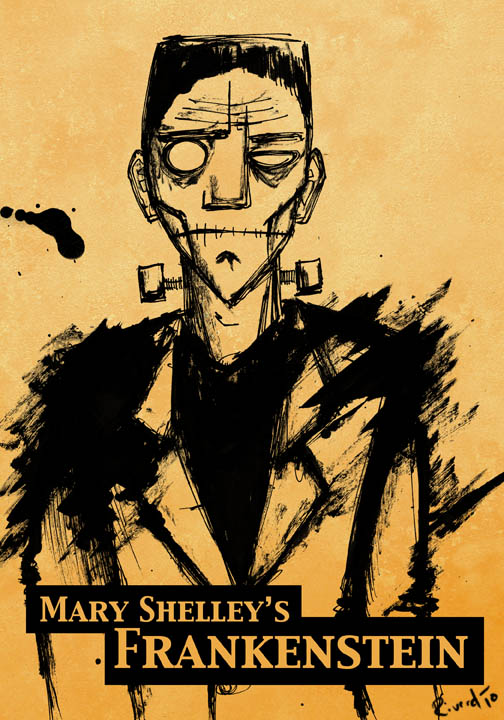

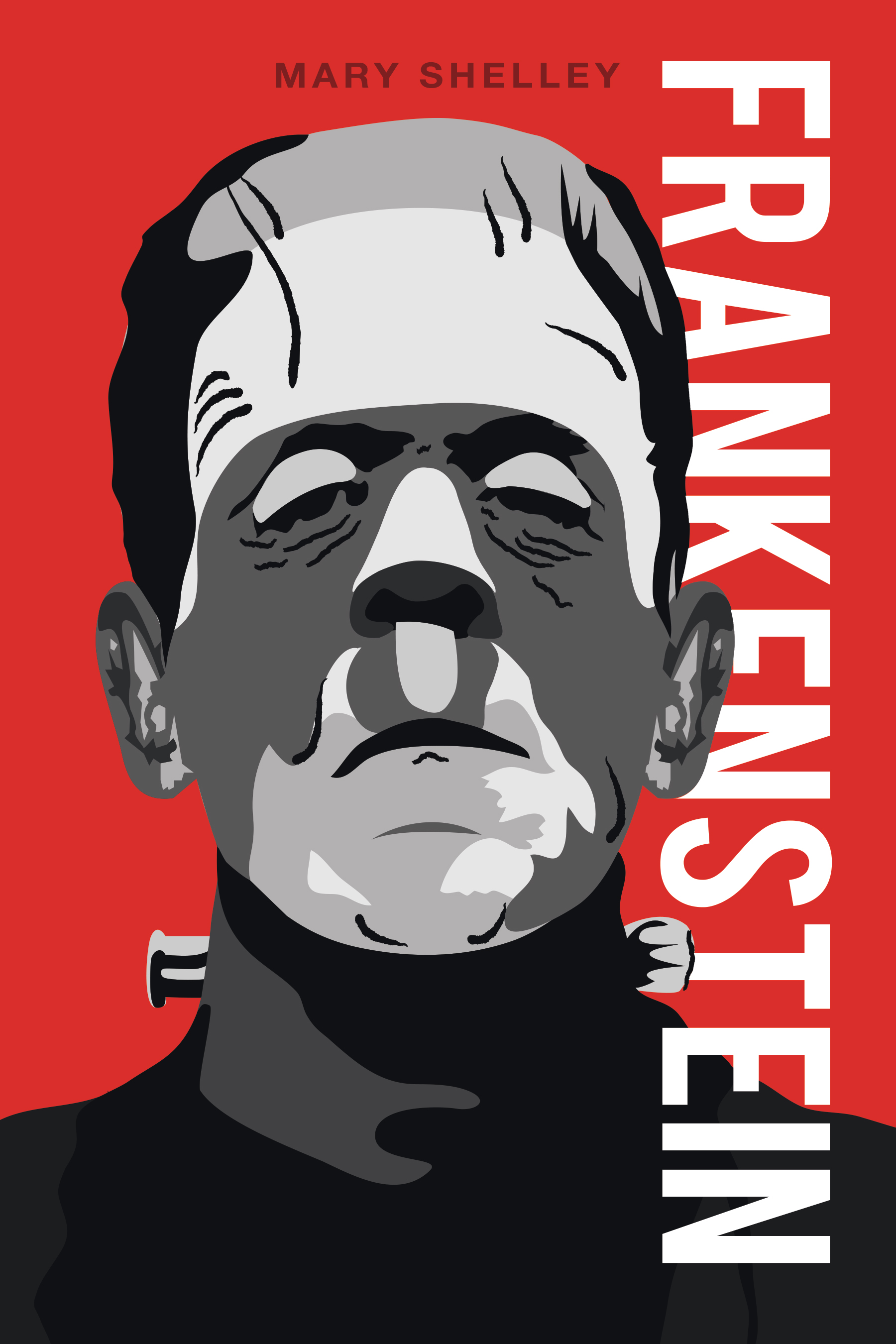

------------------------------------------------------------------------------------------------------
Gulliver's Travels - These novels and images are dated, but the layout and style could still work with a new updated versions of them being used instead. it would be a fresh look while still keeping the old theme.


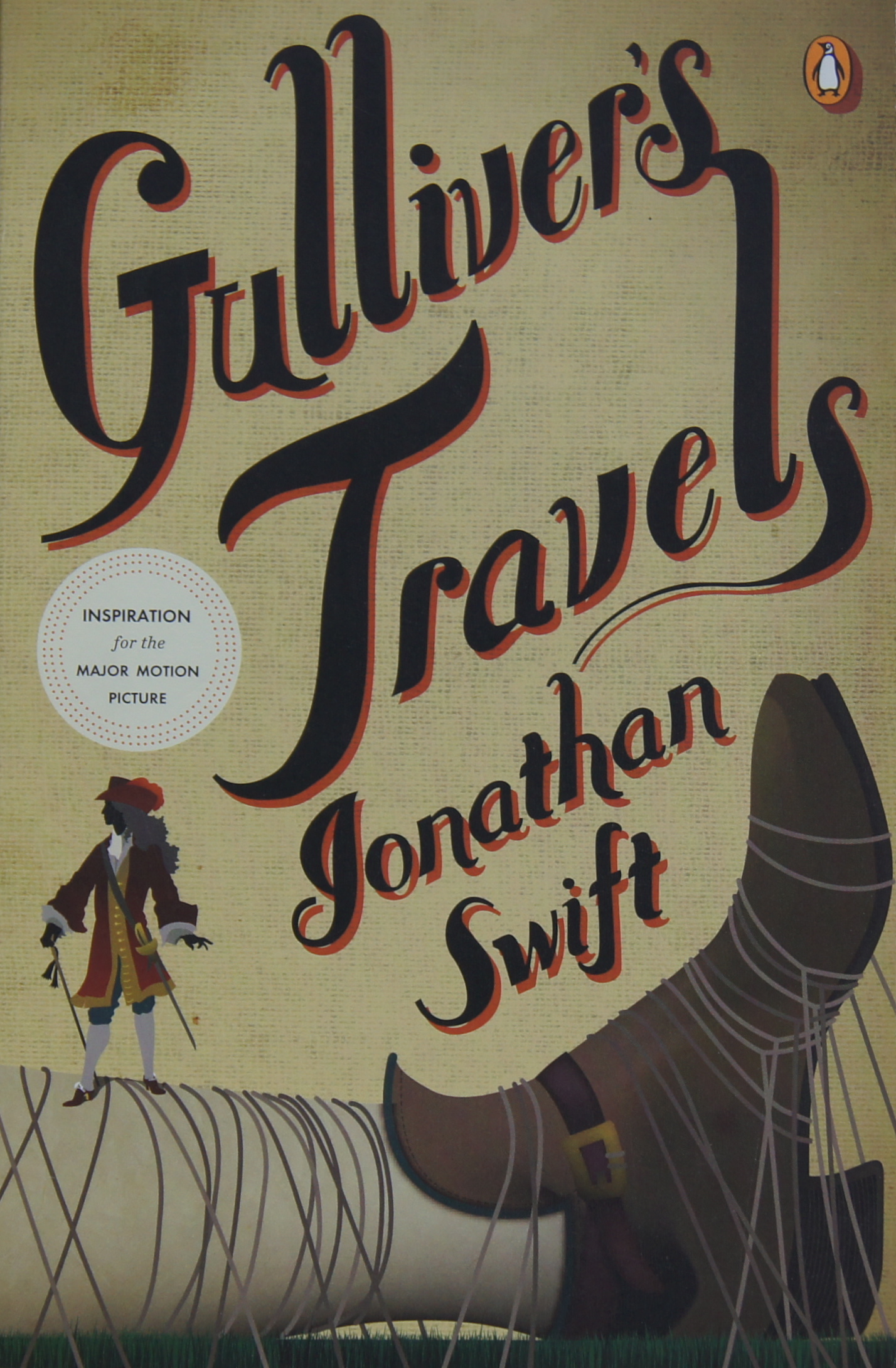

------------------------------------------------------------------------------------------------------
Alice in Wonderland - These designs are cool, once again it puts a new look of the old novel and makes it modern, the use of flat color and simple shapes and design make it more unique and fresh then just another poster.


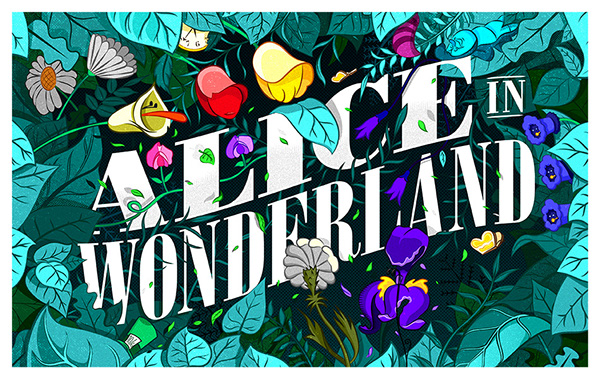
------------------------------------------------------------------------------------------------------
Where the wild things are - The texture they give to the novel makes it unique, if i were to create this in my own style making it have the similar texture on it would give it a original feel.
_cover.jpg)


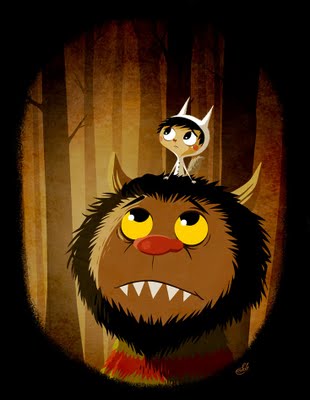 ------------------------------------------------------------------------------------------------------
------------------------------------------------------------------------------------------------------

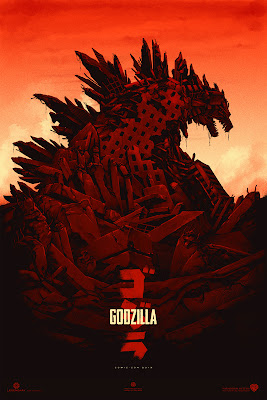





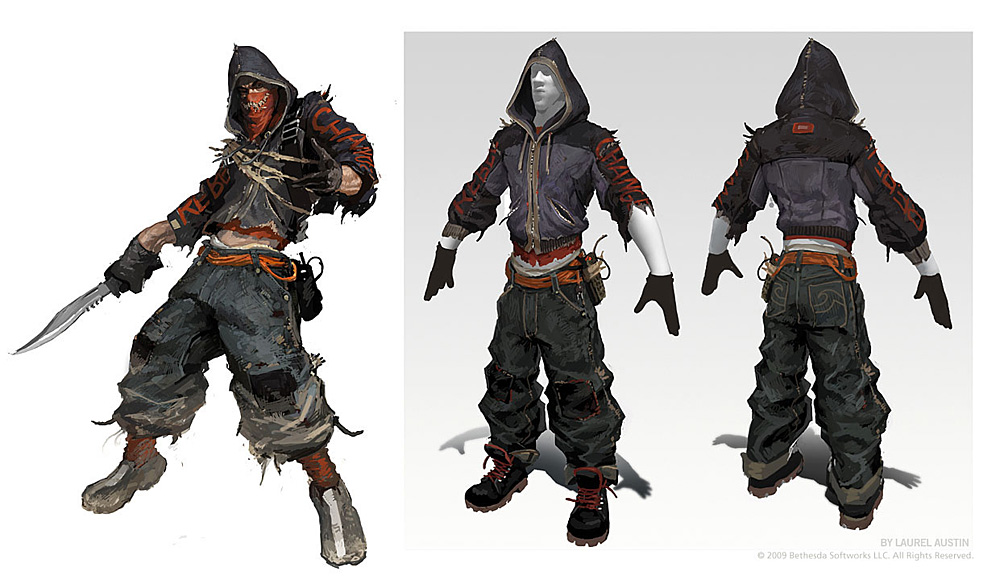
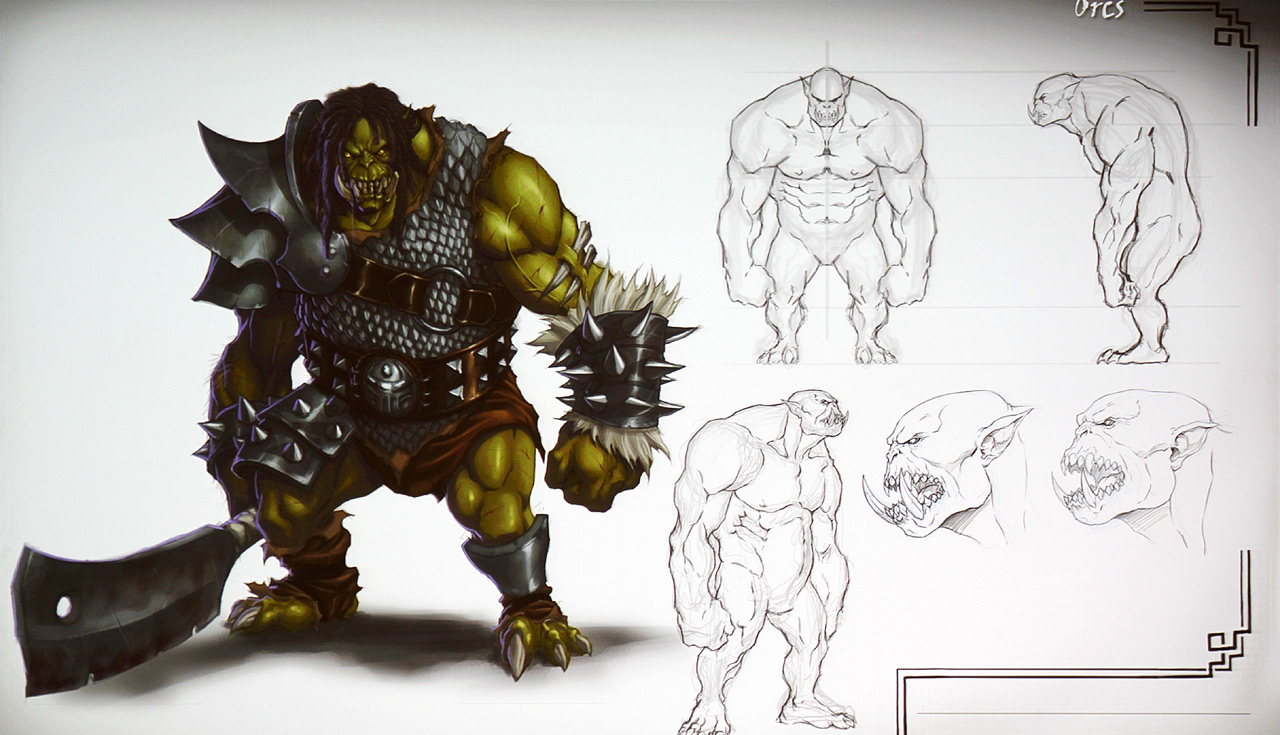

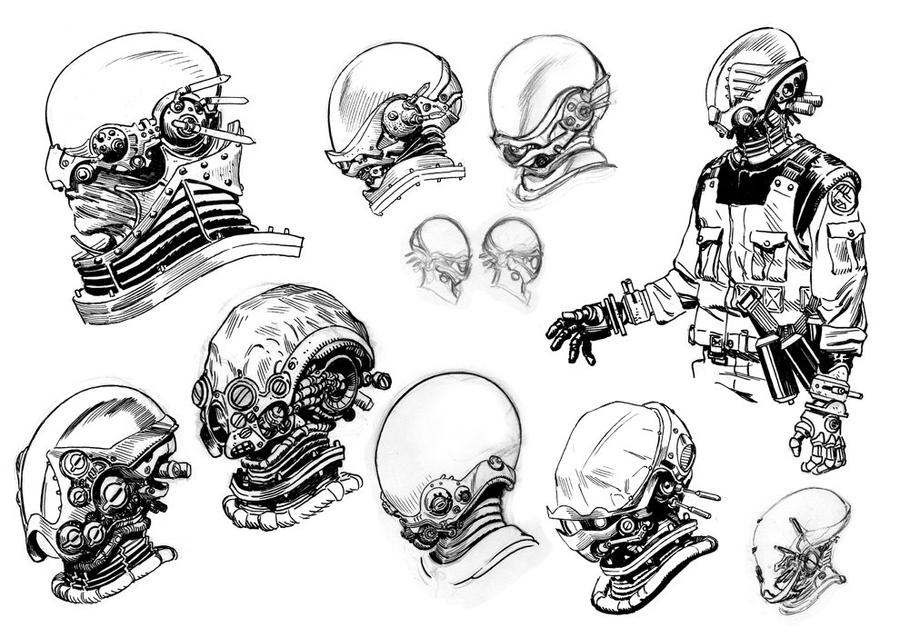


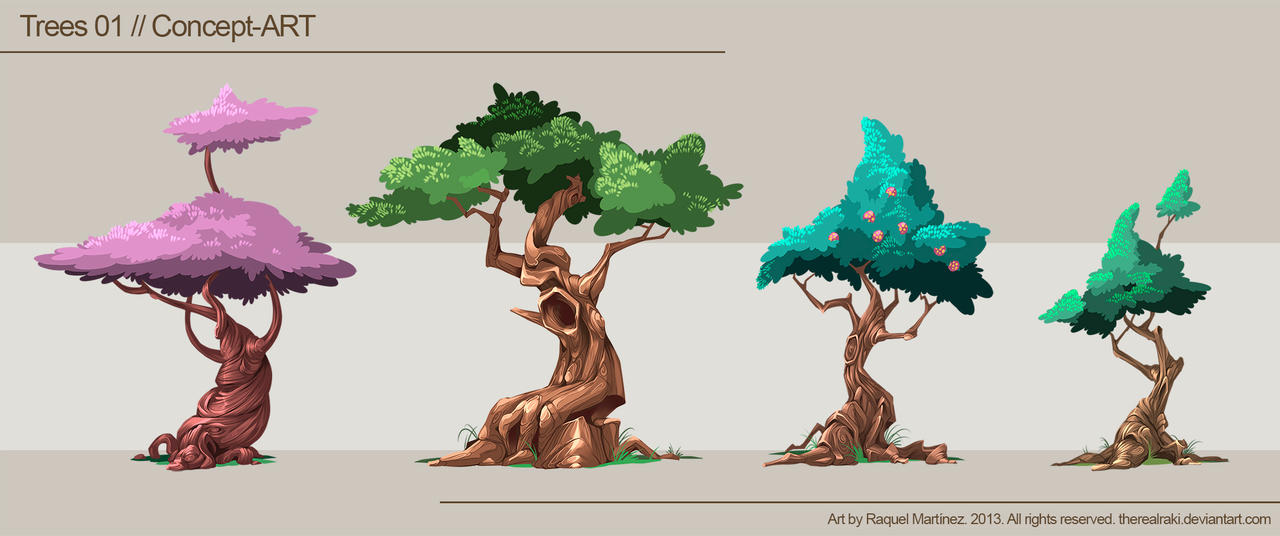
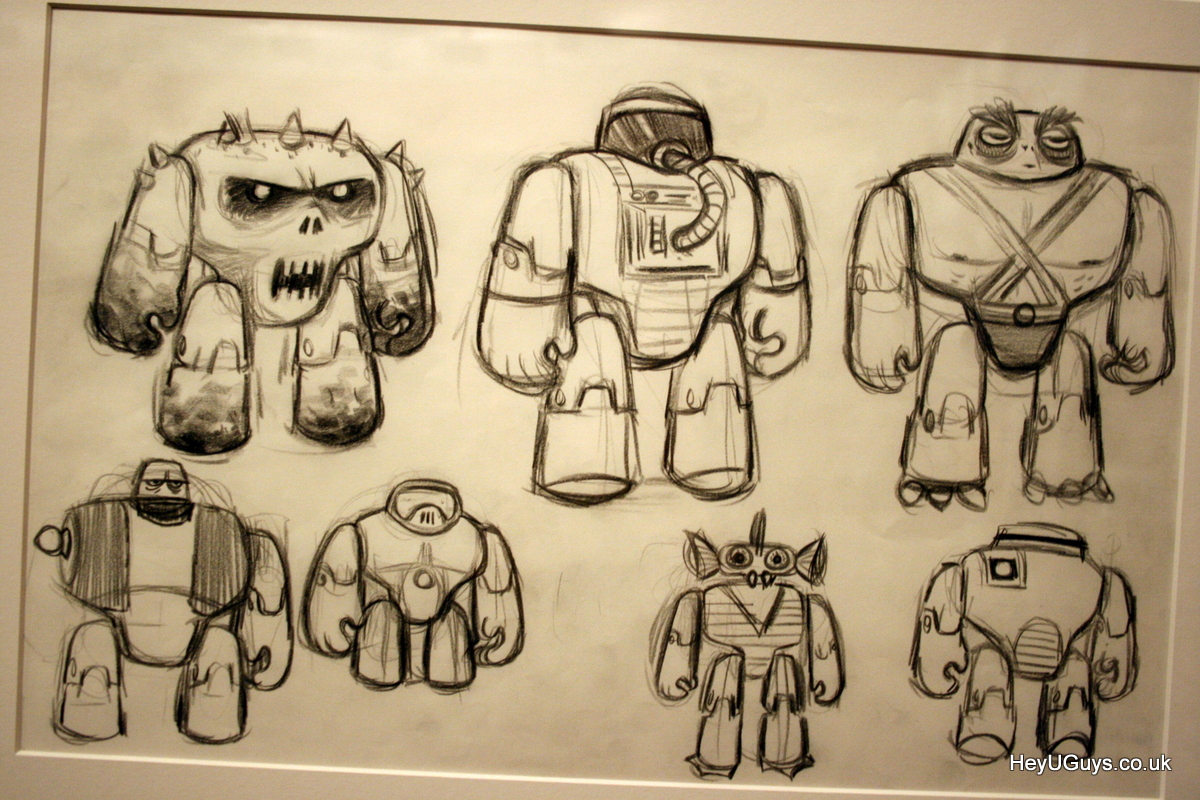


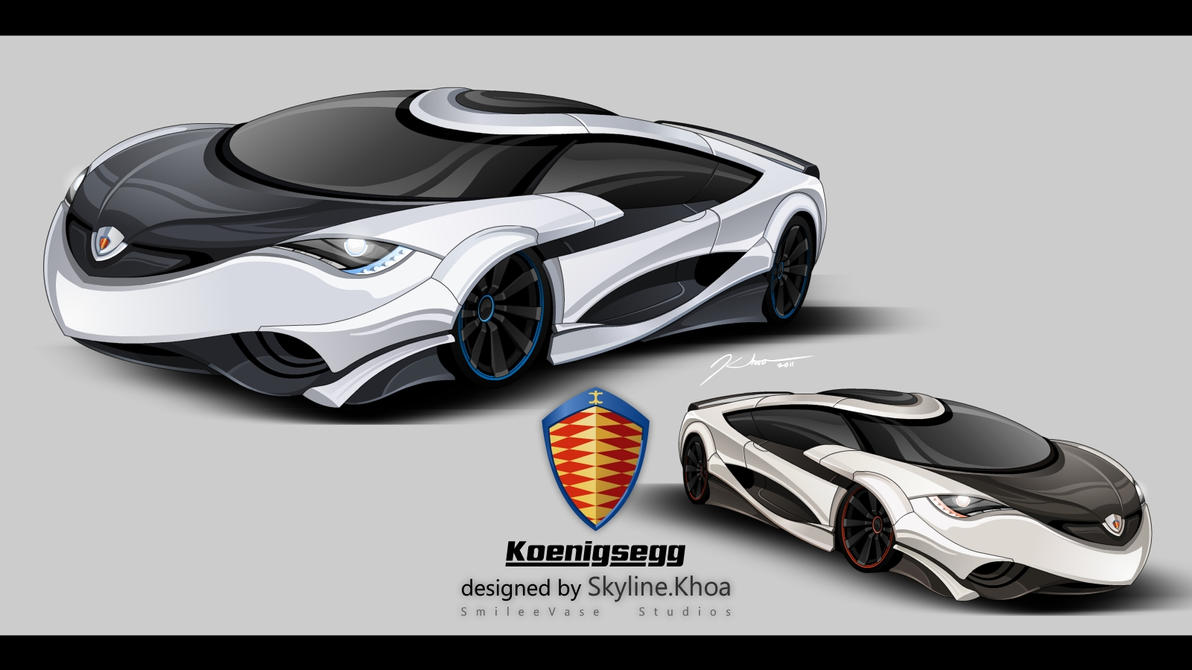











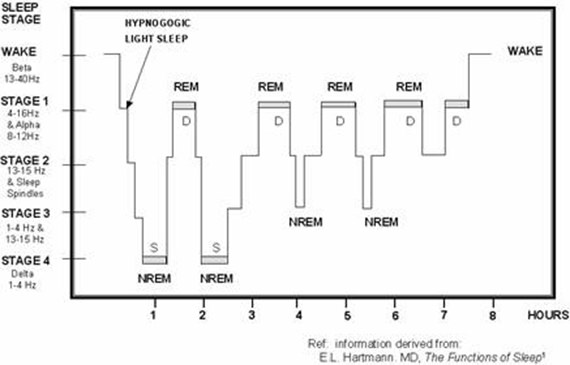

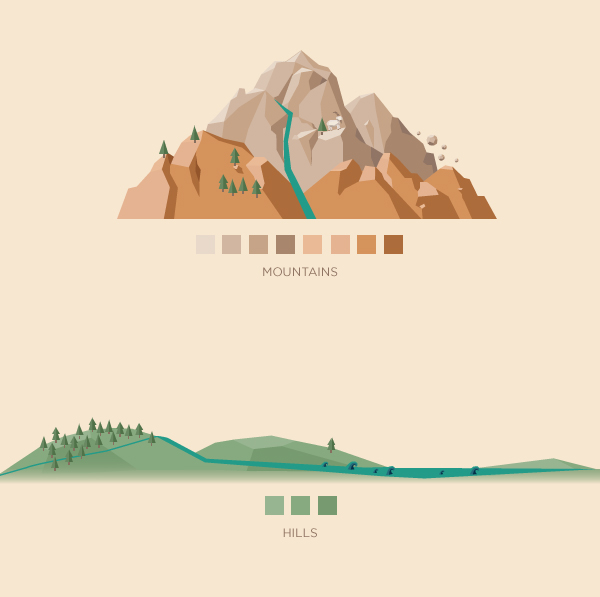
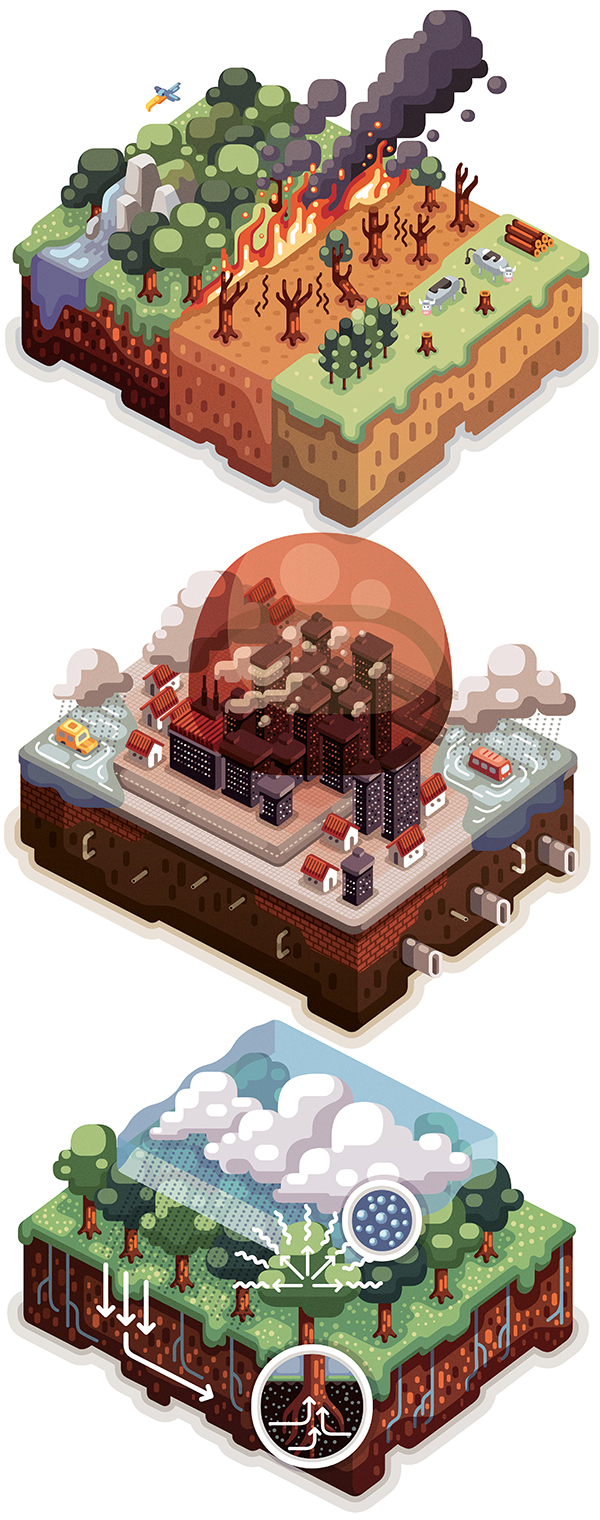






















+2.jpg)











_cover.jpg)


